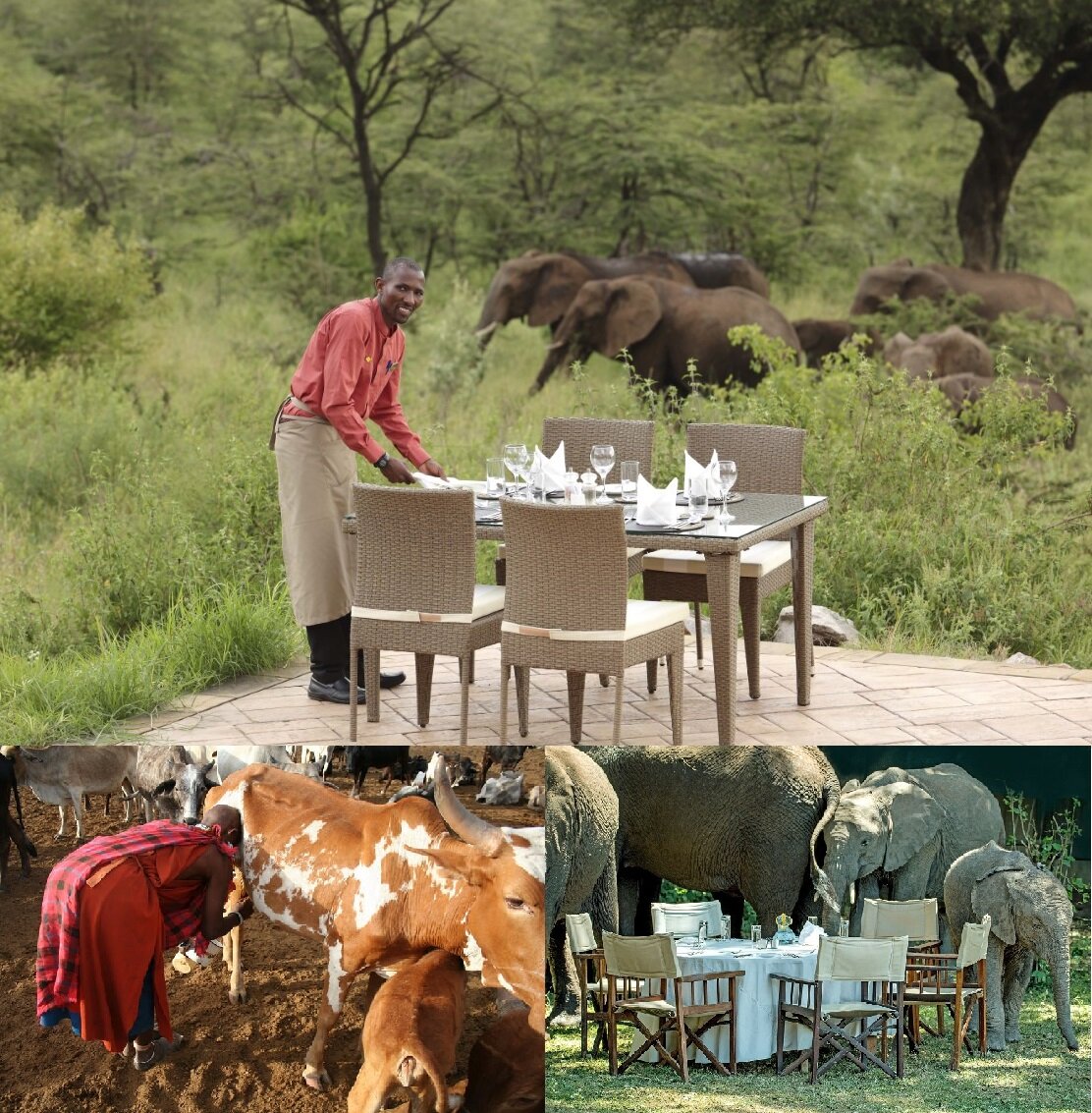Republish via AOC at FeedBurner CC 3.0 License Attribution Required: Daily Fashion Design Culture News
The High-Speed Evolutionary Downsizing of Sicily's Dwarf Elephants AOC Sustainability
The Amazing Shrinking of Europe’s Colossal Straight-Tusked Elephants
Imagine massive elephants towering 15 feet tall and weighing over 30,000 pounds.. The vision seems straight out of a science-fiction movie, but these super-sized, straight-tusked elephants (Palaeoloxdon antiquus) were for real, making them among the largest mammals to ever live during the Pleistocene era.
Migrating out of Africa about 800,000 years ago, the giant straight-tusked elephants became widespread across Europe and Asia. Picturing these monumental-sized elephants roaming the British countryside is fantastical enough.
Now imagine that these same super-sized elephants dwindled in size over time — say a few hundred thousands of years or 40 generations and as few as 1500 years— after migrating south to the island of Sicily.
At 15 percent of their original size, the colossal-size elephants became dwarf elephants the size of a donkey. Visualize humans becoming the size of a rhesus macaque monkey, suggests Josh Davis, of Britain’s National History Museum, as a way to understand the focus on new research on Sicily’s dwarf elephants.
The groundbreaking analysis published last month in 'Current Biology', showcases just how rapidly evolutionary changes can occur when animals are isolated on an island.



